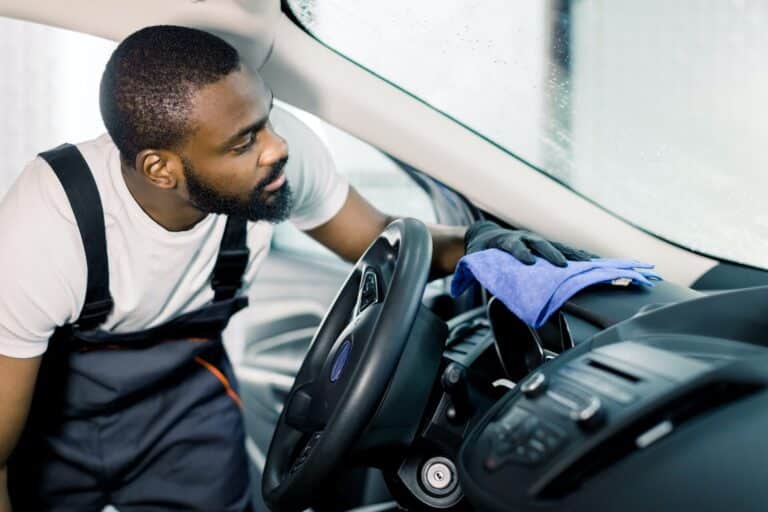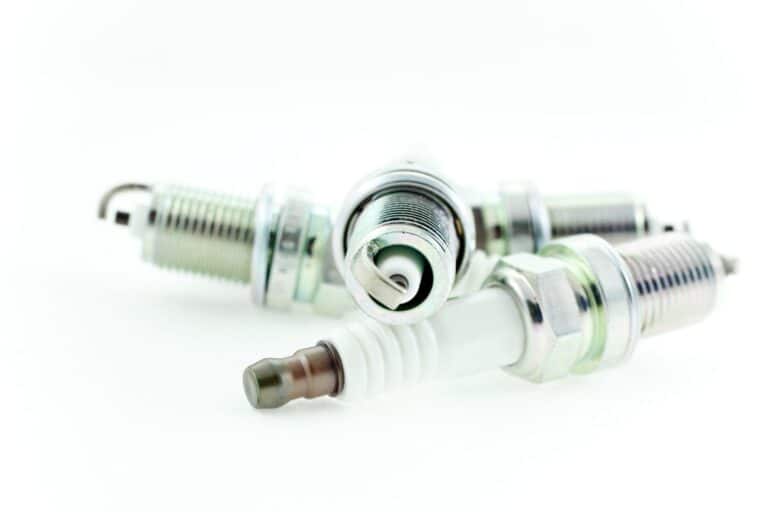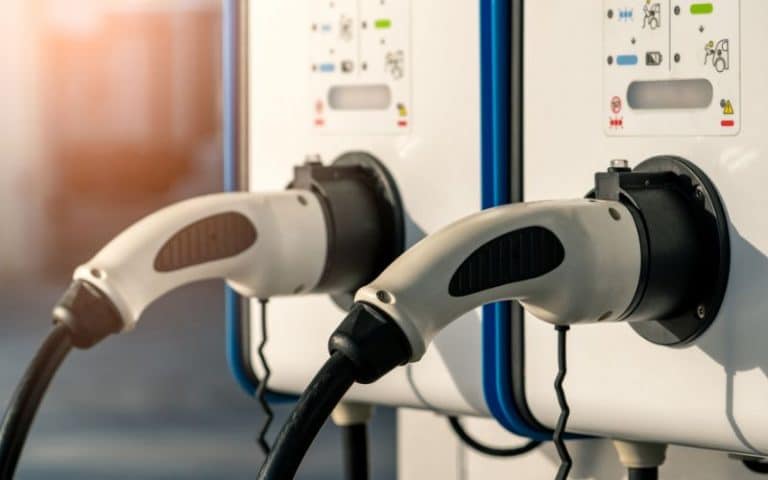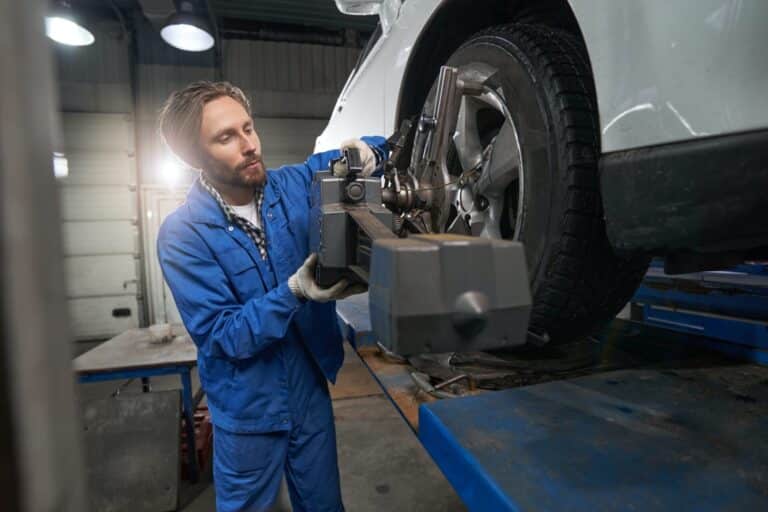New Brake Caliper Not Releasing? Here’s What Could Be the Problem
When you install a new brake caliper on your vehicle, you expect it to provide improved braking performance and safety. However, sometimes, even with a brand-new caliper in place, you may experience problems such as the caliper not releasing properly.
In this article, we’ll explore some of the common reasons behind this issue and how to troubleshoot them effectively.

Inspecting the Brake Assembly
Before jumping into possible causes for a new brake caliper not releasing, always ensure proper installation of all components and double-check that no steps were overlooked during the replacement process.
It is also helpful to have a complete understanding of the role each component plays in the brake system for better diagnostics.
Did you want to know what Brembo Brakes are? Click here for our tips: Brembo Brakes Jeep Grand Cherokee? (Everything You Must Know)
Caliper Piston Functionality
The caliper piston is an integral part of the brake assembly and is responsible for applying pressure to the brake pads, which then create friction against the brake disc (also known as the rotor) to slow down or stop the vehicle.
If the piston fails to retract after releasing the brakes, the brake pads remain in contact with the rotor, causing constant friction, excessive heat, and reduced fuel efficiency. This can lead to premature wear of brake components and potentially dangerous driving conditions.
Potential Causes of a New Brake Caliper Not Releasing
Faulty Brake Hose
One possible reason for a new brake caliper not releasing is a faulty or damaged brake hose. The brake hose connects the caliper to the brake master cylinder and allows brake fluid to flow between these two components.
If the hose has become damaged or blocked, it can prevent the fluid from flowing back into the master cylinder, causing the caliper to remain engaged.
To check if this is the issue, loosen the brake hose slightly at the caliper and see if the caliper releases. If it does, you likely have a blocked or damaged brake hose that needs replacement.
Did you want to know how long Brembo Brakes last? Click here to know more: How Long Do Brembo Brakes Last? (Explained)
Contaminated Brake Fluid
Another possibility for a new brake caliper not releasing could be contaminated brake fluid. Over time, dirt and debris can accumulate in the brake system and mix with the brake fluid. These contaminants can cause an obstruction in the brake lines or within the caliper itself, preventing fluid from flowing properly.
Flushing the entire brake system and replacing it with fresh, clean brake fluid may help in resolving this issue. It’s also good practice to regularly flush and change your vehicle’s brake fluid as part of routine maintenance.
Seized Caliper Piston
While it’s less common for a new caliper to have a seized piston, manufacturing defects or damage during installation can still occur. The piston should move smoothly within the caliper bore, but if it becomes stuck or unable to fully retract, the caliper will not release completely.
To troubleshoot this issue, remove the caliper from the vehicle and attempt to manually compress the piston using a C-clamp or similar tool. If the piston refuses to budge or feels excessively stiff, consider returning the caliper for a replacement under warranty.
Troubleshooting Tips: Ensuring Proper Functionality of Your New Brake Caliper
A thorough understanding of the brake assembly and potential causes for problems can go a long way in resolving issues with a new brake caliper not releasing. Here are some troubleshooting tips to help you along:
- Confirm proper installation: Revisit the installation process and ensure that all components were installed correctly and securely.
- Look for external damage or kinks in the brake hose: A visual inspection of the brake hose can reveal any external damage, blockages, or kinks that may be affecting caliper functionality.
- Inspect the brake fluid reservoir: Check the level and condition of the brake fluid in the reservoir. If it appears dirty or contaminated, a full system flush may be necessary.
- Test piston movement manually: With the caliper removed from the vehicle, attempt to compress the piston using a C-clamp or similar tool to check if it moves smoothly within the caliper bore.
In conclusion, several factors can contribute to a new brake caliper not releasing properly. Identifying the root cause of the issue – whether it’s due to a faulty brake hose, dirt within the brake system, or a seized caliper piston – is essential for ensuring safe and efficient braking performance.
Regular maintenance, including flushing and changing brake fluid, can also help prevent future problems.






